Time to Upgrade Your Spiritual Operating System
Cynthia Bourgeault is among the best teachers of Centering Prayer, the form of meditation that we use when we gather Friday mornings on line. She was also a student and friend of Fr. Thomas Keating, who popularized the form of meditation.
In a video below, she demonstrates how she engages Centering Prayer. Recently, I found a moment of revelation as I read her story about the changing meaning of the meditation practice in her life.
In her chapter in the book, How I found GOD in Everyone and Everywhere, she writes that it took perhaps five years for her to understand the practice.
Like most beginning meditators, I thought the goal was to make your mind still so that God could find a way in. I used my sacred word like a street sweeper to clear away all thoughts so that God could fill my emptiness with divine presence. Only gradually did I learn that the essence of the prayer lies in the simple letting go: the release of thoughts not in order to be filled with something else, but for its own sake, as a perfectly valid and whole spiritual gesture in its own right.
Then, she says, a whole new horizon opened up. She began to notice that her attention shifted from her head to her heart, not thinking about her heart "but abiding in my heart."
It was thus that I gradually came to think of contemplative prayer not simply as a “resting in God,” but as the gradual installation of a whole new system of perception—an upgrade in the operating system, as it were. I came to understand in a whole new way that classic Orthodox desideratum of “putting the mind in the heart.”
Almost everything we are taught—from kindergarten to graduate school, Sunday school through seminary—is about differentiation: boy-girl, Republican-Democrat, Protestant-Catholic, believer v. atheist. The more education we have, the more sophisticated we become in drawing the lines. There are people in our town who use powerful statistical programs to group people of seem alike into the same voting districts. Others can draw fine lines between spiritual belief systems and engage in philosophical argument showing that a statement or belief must be heresy.
But Bourgeault's new operating system see wholeness instead of differentiation. She wants us to be able to see unity, to work toward unity, co-exist in simple terms. To think holographically, letting the heart see the whole first rather than assembling the whole from its parts.
This, she says, brings Christianity both back to its roots and into the future: “As you, Father, are in me and I am in you, may they also be in us…I in them and you in me, that they may be completely one.” (John 17: 21-23).
Meditate on that.
Join us on Friday morning for online Centering Prayer. 8am Pacific Time. If you are not registered and need a link, please email me. I will help you through the process. charlestaylorkerchner@gmail.com
Photo: Claudio Schwarz via Unsplash
Quotes from: Andrew Davis and Philip Clayton, How I Found God in Everyone and Everywhere. Monkfish Book Publishing. Kindle Edition.

